By Rick VanSickle
It’s certainly exciting to see the second vintage of the resurrected Le Clos Jordanne wines hitting shelves a week this Saturday, but the good news doesn’t end there.
How about a Le Clos Jordanne Blanc de Noirs? Yep, it’s coming. The base wine has already been made from the 2020 vintage, a wild fermented 100% single-vineyard Pinot Noir sparkling wine from the Le Clos Jordanne vineyard. You will have to wait, because winemaker Thomas Bachelder wants a hefty period of time on the lees, maybe up to six years. Correct me if I’m wrong, but this just might be Bachelder’s first sparkling wine. But there’s more … how about 2019 Jordan Village wines comprised of the three vineyards still owned by Arterra — Claystone Terrace, Talon Ridge and declassified barrels from Le Clos Jordanne Vineyard — maybe next year? It’s all possible, says Bachelder. Also, don’t count out another single vineyard wine (Claystone?) from Le Clos sometime in the not-to-distant future.
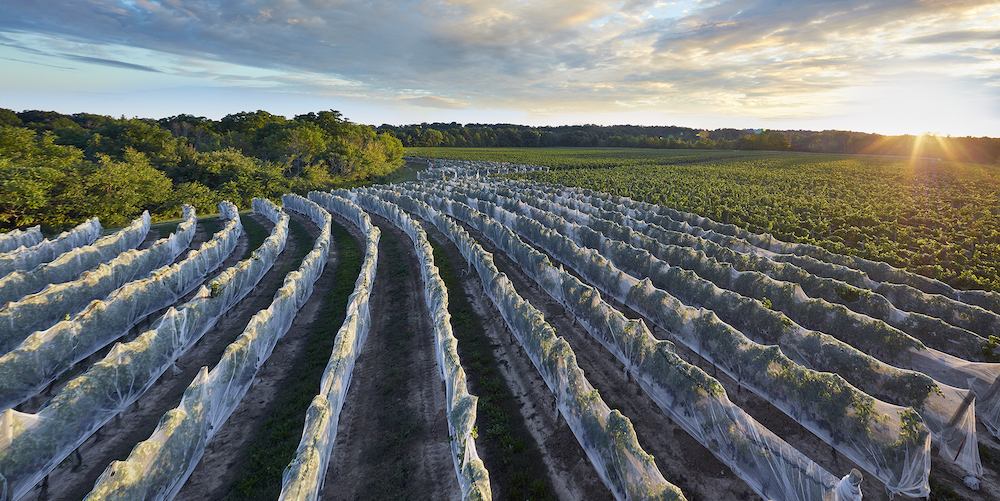
Things are obviously going well for Arterra Wines Canada’s showpiece Le Clos project. The 2017 vintage was released last year to widespread critical success after the brand was put into hiatus under U.S. Constellation Brands ownership for some odd reason (well, back to back winter kills years didn’t help). But when Arterra, owned by the Ontario Teachers’ Pension Plan, bought the Canadian properties (Jackson-Triggs, Inniskillin, Nk’mip, See Ya Later Ranch, Culmina Family Estate Winery, Sandbanks Winery and dozens of other wineries and brands across Canada) Le Clos was put back in play after a five-year drought. Bachelder, the original winemaker for Le Clos, was brought back for the reborn project.
Sitting with Bachelder , below, at the St. Catharines Club last week, along with wine writer Tony Aspler, it is quite clear that Le Clos is near and dear to the winemaker’s heart. Yes, he adores his own project — the Thomas Bachelder wines — and, of course, he is just as passionate about the wines he makes with Kelly Mason at Queylus, but Le Clos is like a first born child, there is a lasting bond and he is thrilled to be back in the saddle and working with some incredibly spectacular fruit. Of the main vineyard, Le Clos Jordanne, he says: “The vineyard has always been more regal.”
It was planted in 1999 and over 20 years later the wines that are raised there keep getting better and better, more complex, more identifiable, more minerally and more structured.
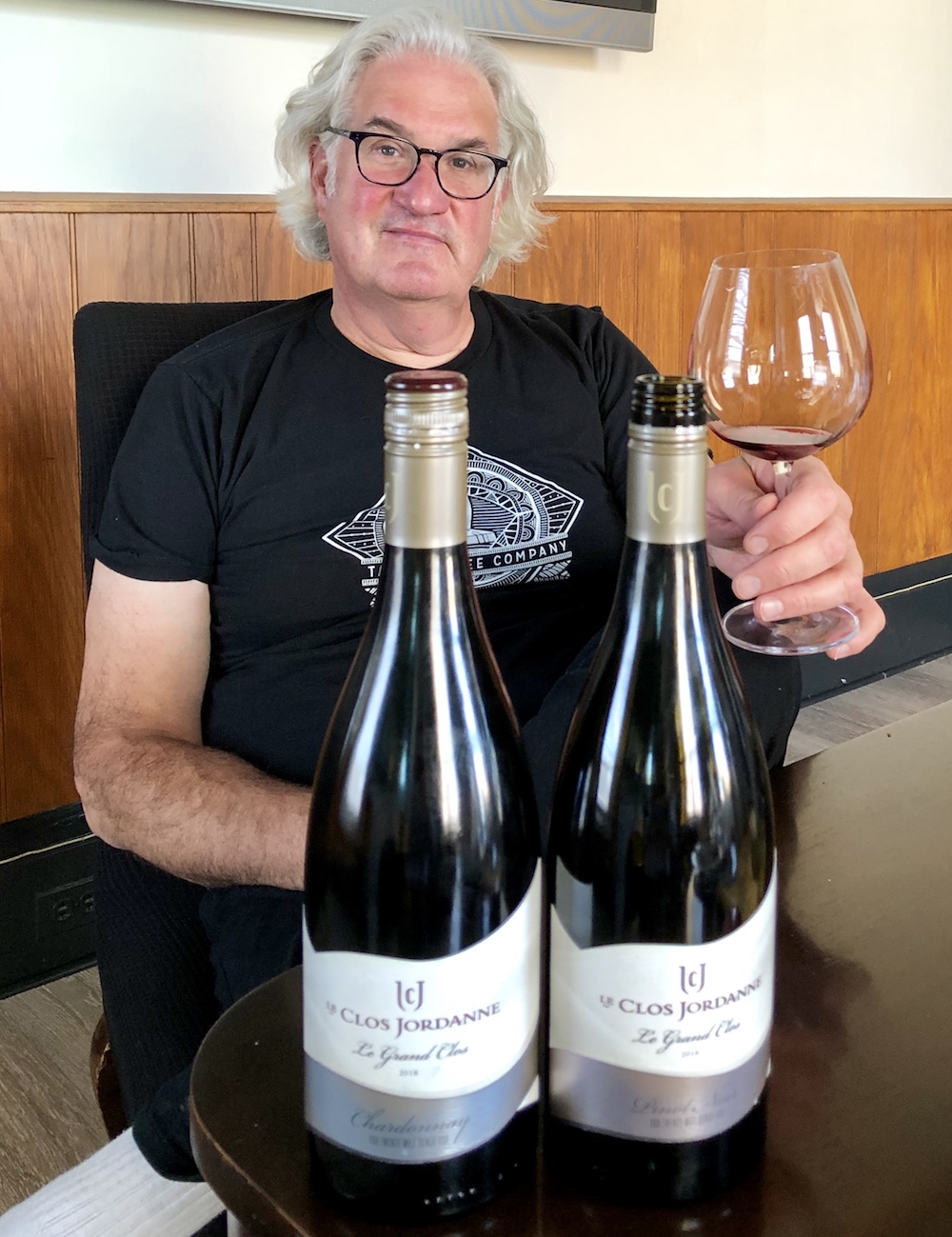
Le Clos Jordanne was founded with the goal of producing ultra-premium wines expressive of the unique terroir of the Jordan Bench. The vineyards were planted with rootstock imported directly from Burgundy and low-yield vines were harvested using an unhurried approach — hand-picked, hand-sorted and moved using a gravity flow system that ensured careful handling. These techniques, combined with Bachelder’s personal expertise in cool-climate winemaking, helped create wines that truly raised the bar on quality for the Canadian wine industry and put the Niagara region’s distinct terroir on the world wine map.
The ‘clos’, or enclosed vineyard, of Le Clos Jordanne is surrounded and sheltered by the Carolinian forests and their glacial ravines. The limestone-laced, silt and clay glacial soils are known for bringing intensely-focused fruit, minerality and age-ability to the wines produced there.
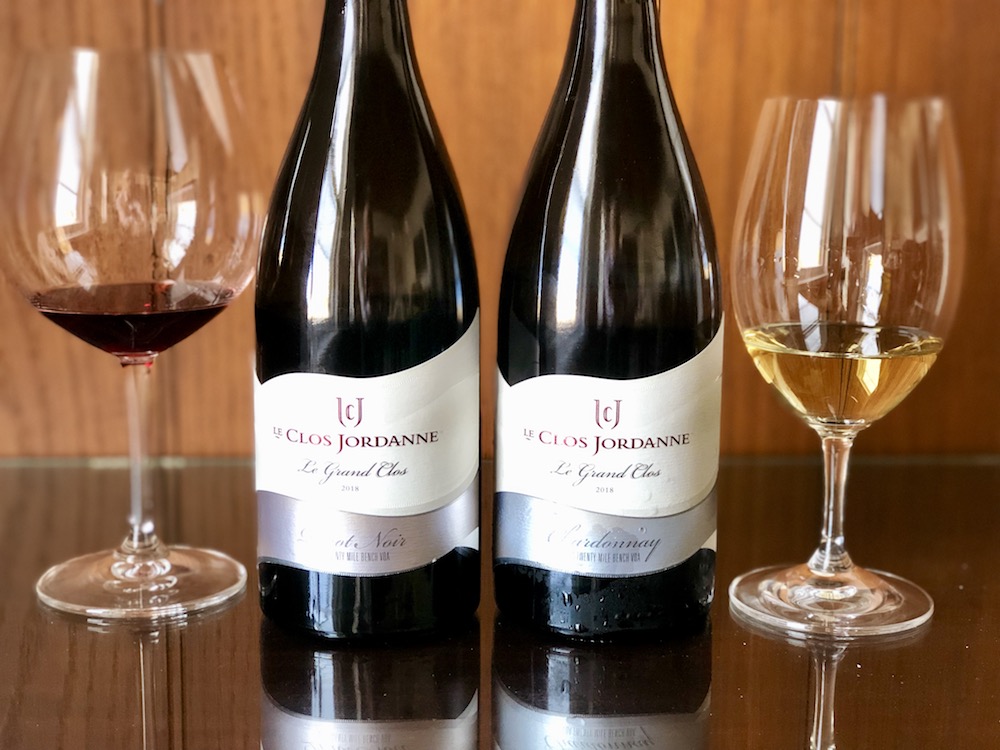
At our tasting last week, Bachelder insisted we taste the two wines fresh from the bottle and then the decanted versions to get a feel for aging potential. I already knew that thy age incredibly well. I’ve been personally enjoying the Village version of the 2007 Pinot Noir lately, and despite the heat of ’07, they are still drinking beautifully.
Our tasting was finished with a round of duck confit that paired brilliantly (of course!) with the Pinot Noir.
Both the Pinot and Chard lead off our picks for the Vintages release on Nov. 28. The price for both is $45, a steal considering the pedigree of these wines that sold for $65 before the reboot.
Here are my reviews, with other Niagara wine recommendations in the Nov. 28 Vintages release following:
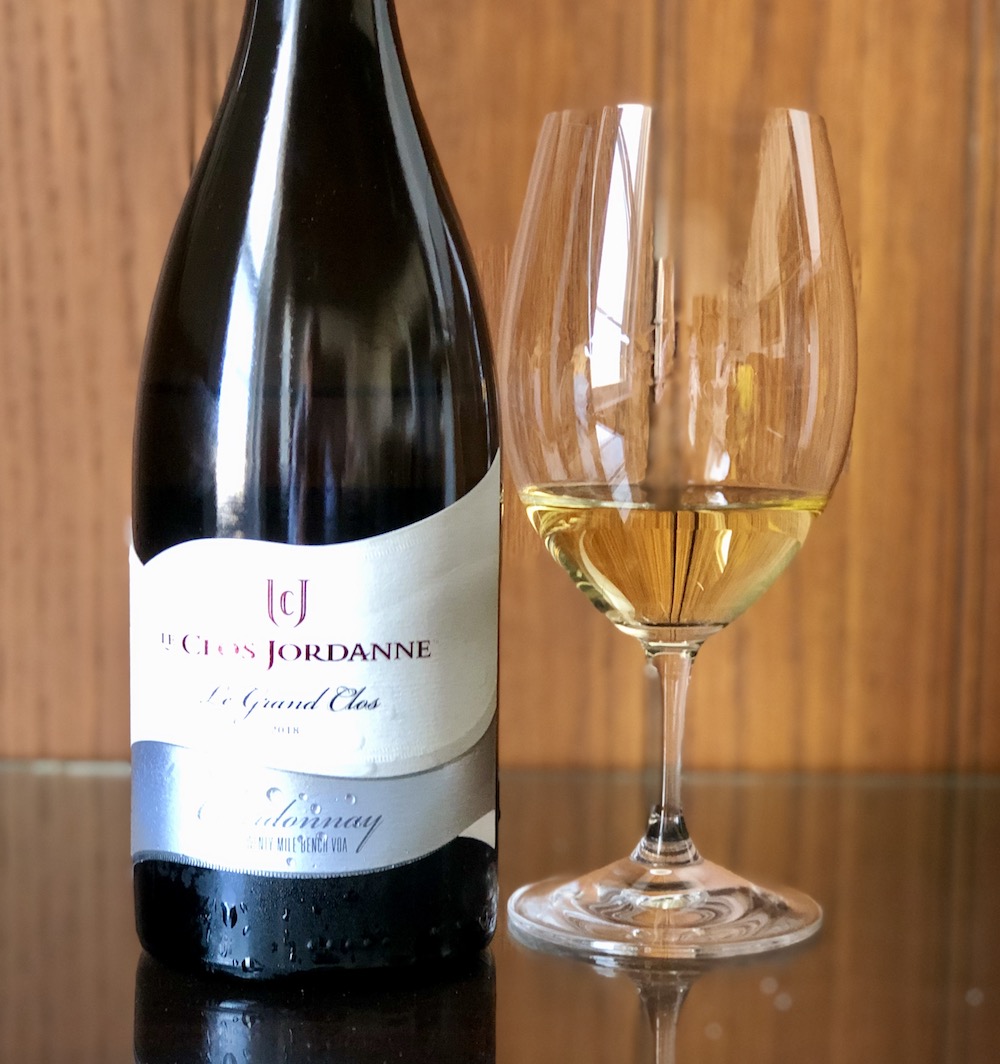
Le Clos Jordanne Le Grand Clos Chardonnay 2018 ($45, only 375 cases made, 94 points) — From the warmer, riper vintage of 2018, Le Grand Clos Chardonnay shows an eclectic array of ripe pear, fresh apple, tropical fruits, saline minerality, zest of lemon and ever so subtle fine oak nuances stitched seamlessly into the profile. It’s simply gorgeous on the palate and chock full of that steely/flinty minerality derived from the dolomitic limestone soils it is grown upon. Following is the freshness of apple skin, ripe pear/quince, a light creamy and saline feel to the texture, surprising weight and density, racy acidity, elegant oak accents and a finessed finish that echos for minutes. After four hours of decanting it became more open knit and brighter on the nose, suggesting that it would be wise to lay down for a few years in the cellar to enjoy the full potential of this beautiful Chardonnay. Bachelder suggests prime drinking is from 2021 to 2028.
Chardonnay technical notes
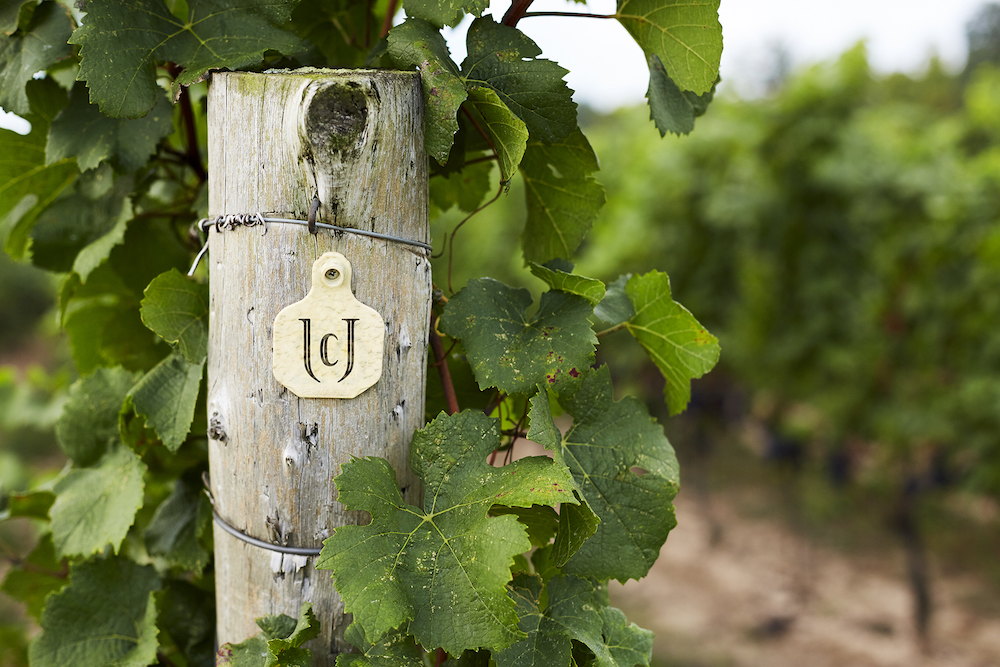
The Chardonnay grapes are whole-cluster pressed after minimal sorting. The juice was left to settle in tank at around 8-10 C for a couple of days before letting the tanks warm up, so that naturally occurring indigenous yeast from the vineyard slowly started the fermentation. The barely fermented juice is then transferred to 228-litre barrels to complete the wild yeast fermentation. The wine is then aged in selected French oak barrels for 16 to 18 months. In order to preserve the flavour profile of each terroir, Bachelder made sure the new oak component did not exceed 20%, with the remaining barrels being one to four years old. After 22 months of ageing the wines were racked out of barrel and left to settle in tank for about a month to achieve better homogenization and more elegance in the bouquet.
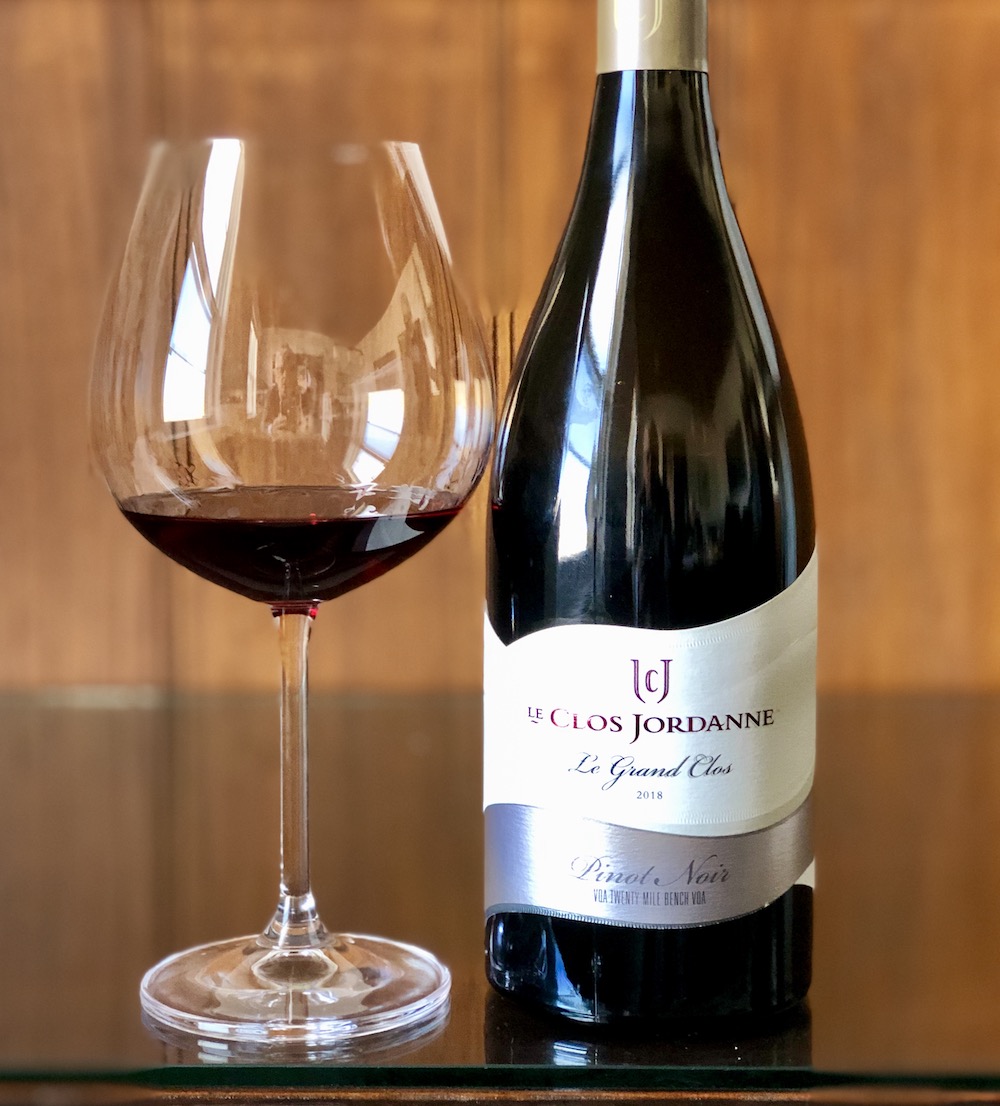
Le Clos Jordanne Le Grand Clos Pinot Noir 2018 ($45, 500 cases made, 95 points) — This just might be the finest Le Clos Pinot Noir ever made. It’s highly perfumed on the nose with brambly underbrush, forest berries, black cherries, field raspberries, subtle cassis fruit, elegantly nuanced oak spices and a floral high note that builds in intensity with each sniff. The deeply floral and perfumed vein transfers to the palate with an explosion of dense, layered and savoury red berries through a structure that sports tight grained tannins and a beautifully finessed finish that lingers forever. After tasting the decanted version, I have no doubt this will improve for 8+ years in the cellar. The floral/perfumed notes were elevated, the fruit was denser and more generous and a subtle mineral note was starting to emerge. Great things are coming for this blockbuster of a Pinot from one of Niagara’s top terroirs. Bachelder’s suggestion for cellaring is to drink from 2021 to 2032.
Pinot Noir technical notes
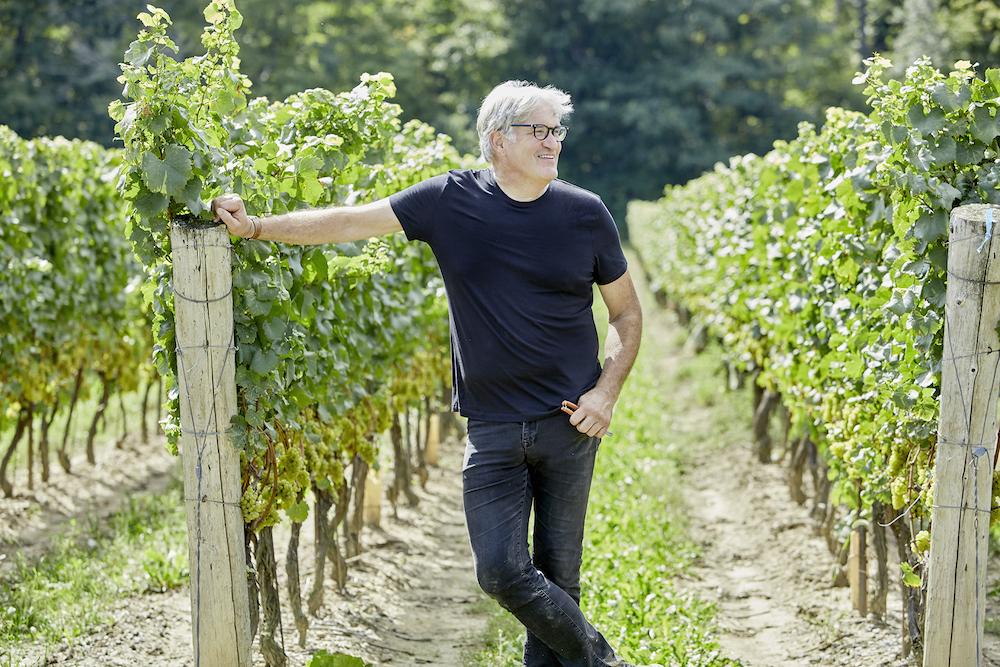
Before Bachelder brings Le Grand Clos Pinot Noir into the winery, he makes sure the flavours are “there,” and that the skins are thick, ripe and in good condition. He’s looking for seeds that are almost completely brown. The Pinot Noir grape bunches are then manually sorted and completely destemmed. After a short cold maceration, the wine ferments with naturally occurring indigenous yeast from the vineyard.
After the fermentation, the young wine is left on the skins for several days to a week more to extract more fully all the aromas, finesse and complexity possible from the grape skins. The wine then naturally goes through malolactic fermentation, and the wine is patiently aged in selected French oak barrels (just 25% of which are new) for 20 months to integrate both the tannins and the richer fruit of 2018 and to help push terroir to the forefront. The extended period of barrel ageing also helped to integrate the intense primary fruit of this warmer vintage.
The barrels are racked to tank and left to settle for a month in order for the wine to reintegrate. The Pinot Noir is then bottled after a light filtration.
Also released at Vintages stores
on Saturday Nov. 28
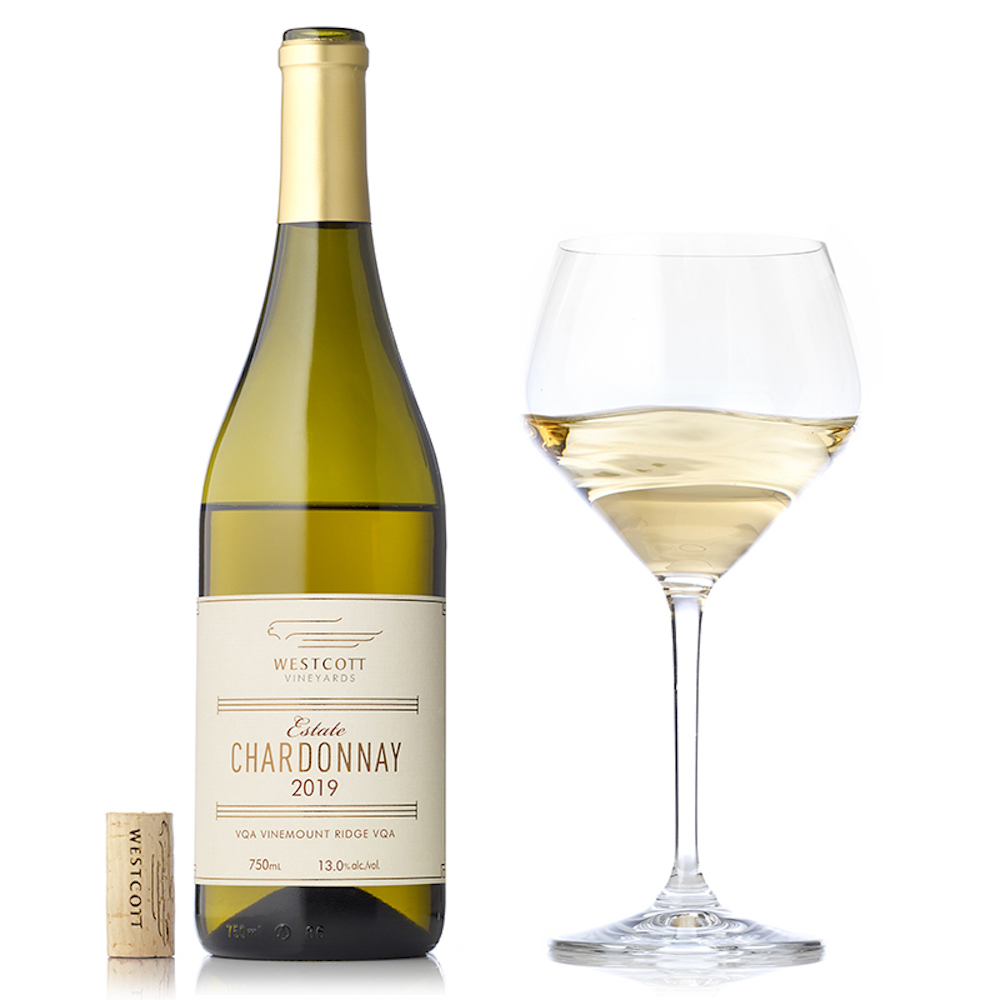
Westcott Estate Chardonnay 2019 ($30, 91 points) — This is the baby sister of the Reserve Chard below with the difference in the two wines all down to barrel selection. It’s aged in French oak for 10 months with 30% new barrels. I love the balance in this classy Chardonnay. Yes, the spices play a role on the nose with butterscotch/toasty notes but there’s a lovely salinity to counter it with ripe apple, pear, pineapple and lemon toast chiming in. It’s creamy and rich on the palate with baked apple, lavish spices, pear, underlying citrus zest and a finessed, long finish. Delicious now, but can cellar 4+ years.
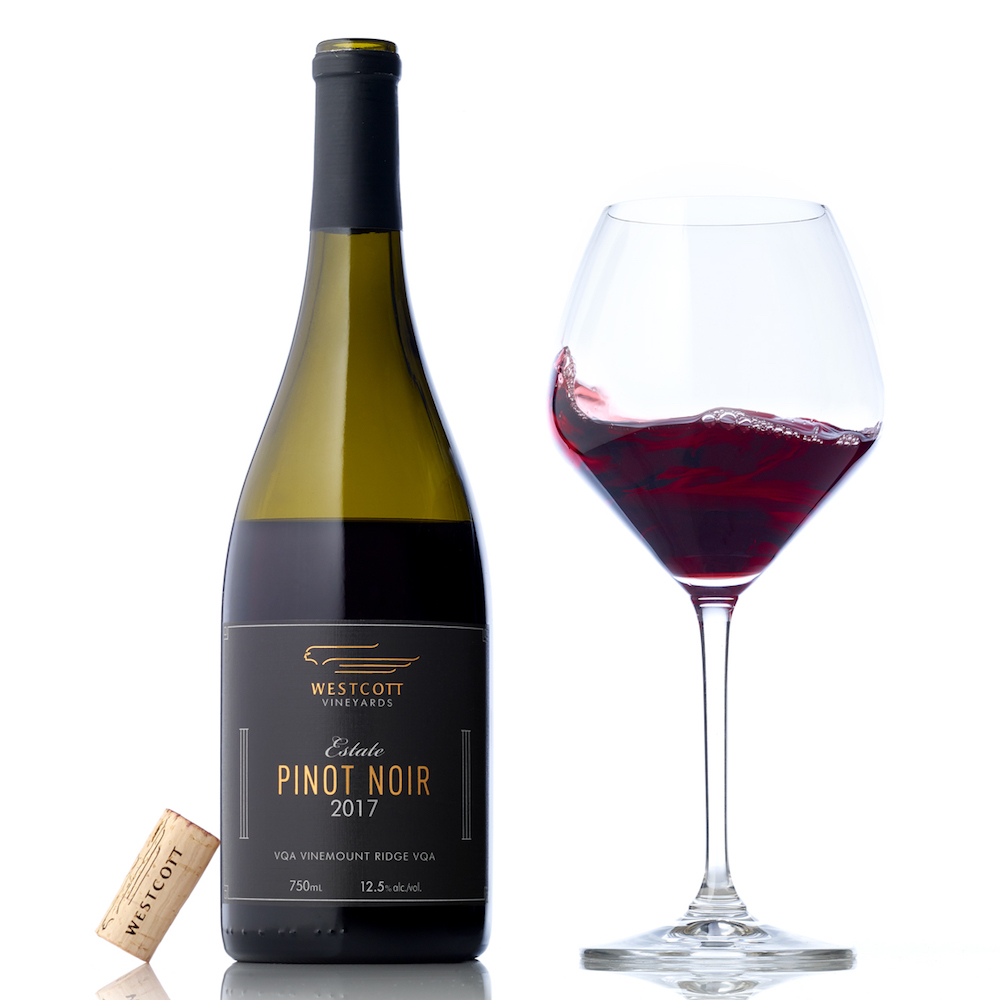
Westcott Estate Pinot Noir 2017 ($30, 90 points) — From estate fruit from the home vineyard with aging in French oak (15% new) for 23 months. It has an attractive nose of black cherries, cassis, earthy/bramble notes, wild raspberries and elegant oak spice. It’s bright and finessed on the palate with tart red berries, cranberries, soft tannic structure, spice and verve through the finish. The 2016 version of this wine, long sold out, is a more voluptuous Pinot with darker fruits, power and complexity.
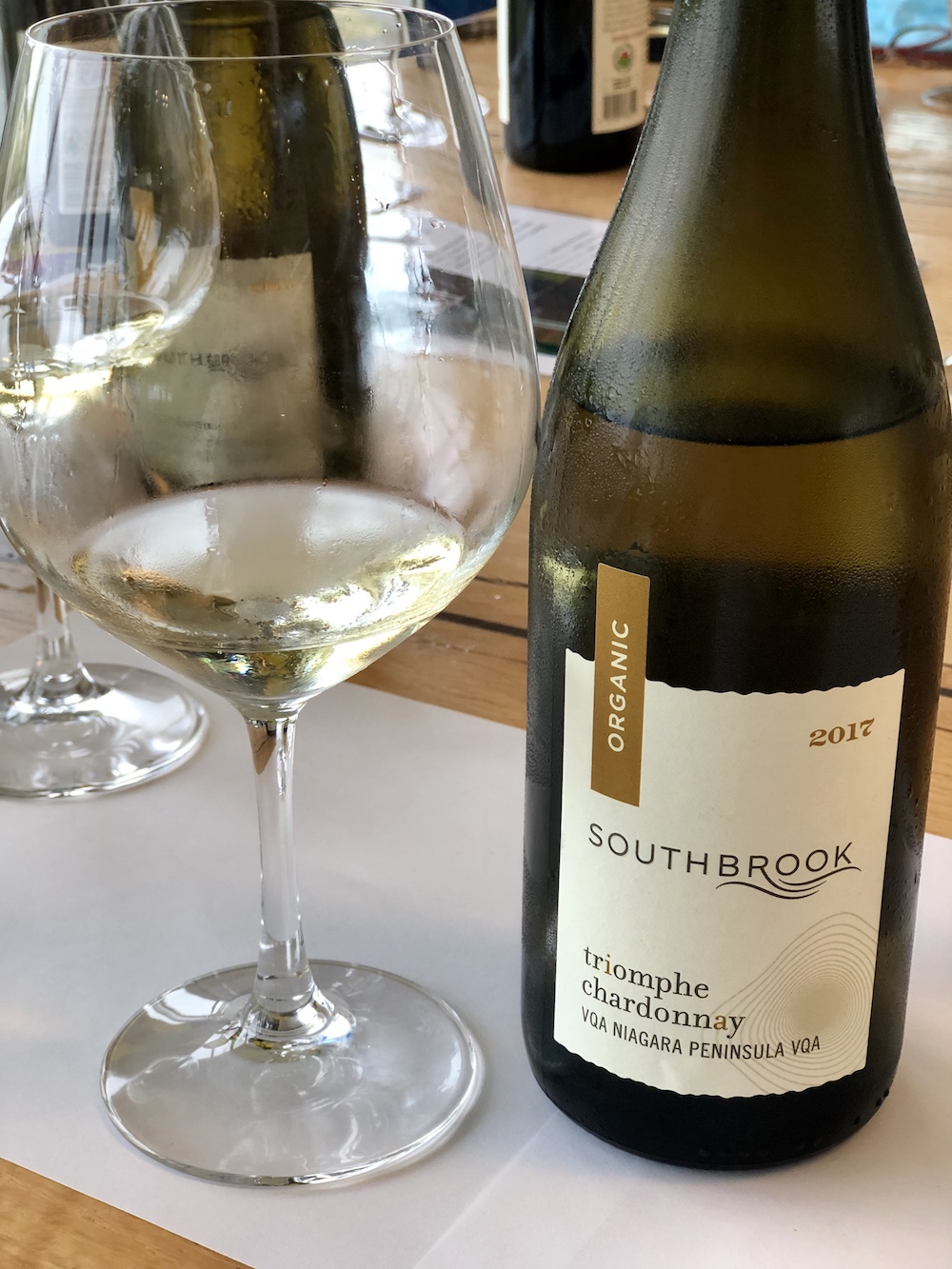
Southbrook Triomphe Organic Chardonnay 2017 ($25, 89 points) — This is a regional blend of Chardonnays from organic growers, including 70% “later harvested” Chardonnay Musqué from Lincoln Lakeshore, and the remaining 30% from Twenty Mile and Beamsville Benches and relatively late harvested at several dates throughout October. This has a creamy nose of quince, lemon, light and toasty spice notes, subtle ripe apple notes and flinty minerality. It’s juicy on the palate with a hint of savoury spices, citrus, pear, crisp apple and a lifted finish.

Flat Rock Cellars The Rusty Shed Chardonnay 2018 ($27, 89 points) – A fairly complex chardonnay showing plenty of apple and lemon supported by spice, toast and caramel notes. It’s full-bodied and well rounded on the palate with the balancing acidity keeping it fresh and lively. The finish is quite long with hints of vanilla and toffee. (Mike Lowe review).

Featherstone Red Tail Merlot 2017 ($20, 90 points) — Named after the majestic red-tail hawks that soar high over the Featherstone Vineyard, this is a fruity, highly enjoyable Merlot with overt red berries, herbs, ripe cherries, some plummy notes and integrated spice notes. It has a plush feel on the palate with polished tannins and moderate structure to go with all those ripe red berries, plums, bramble and spice. Ready to drink now, but can cellar 3+ years.
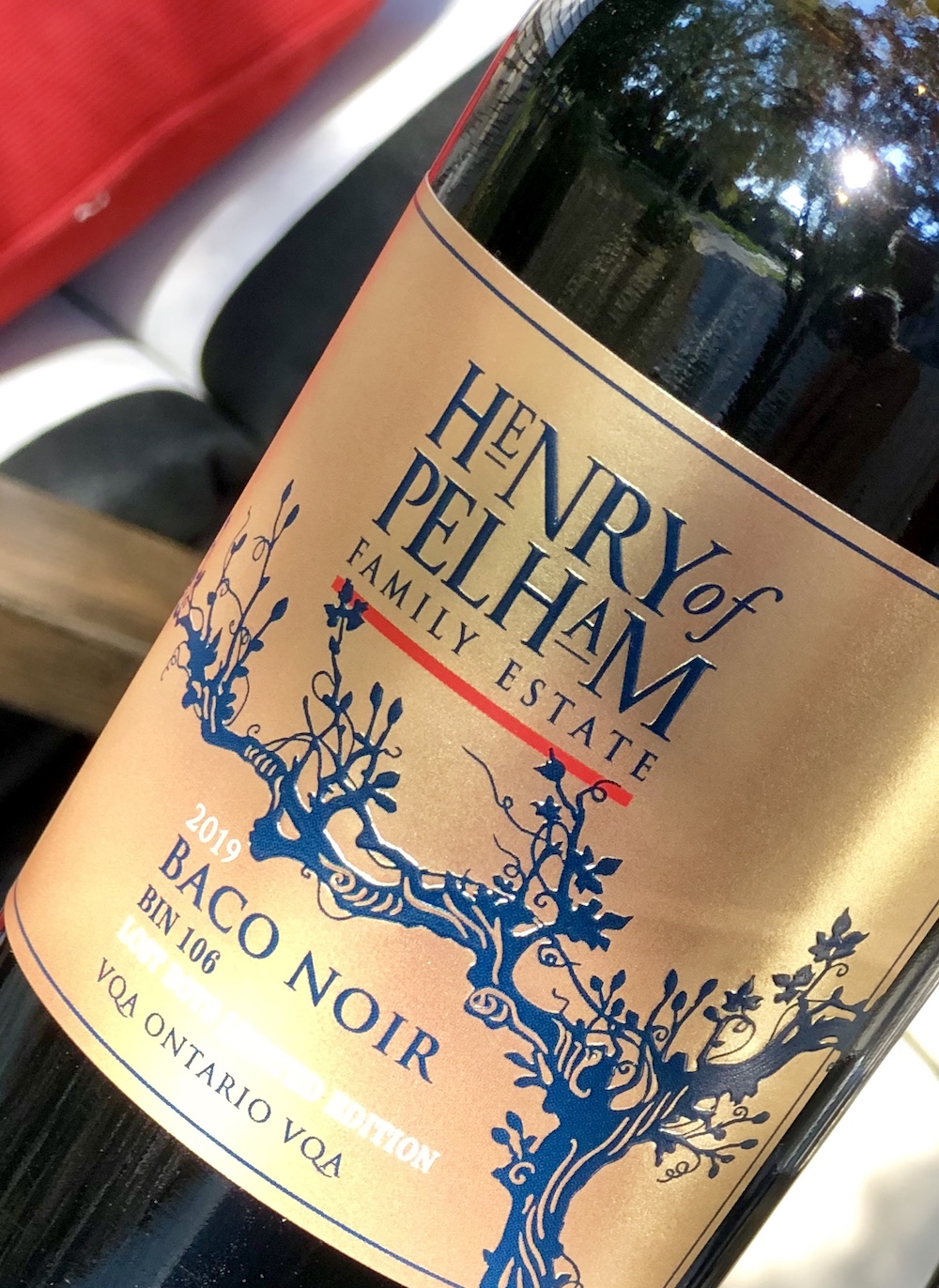
Henry of Pelham Lost Boys Limited Edition Bin 106 Baco Noir 2019 ($30, 90 points) — I’m losing track of the number of Bacos HoP is now making. This is the newest iteration and the most expensive, sourced from the oldest Baco vineyards (35 years) from the estate’s Short Hills Bench and chosen from the best barrels. It’s aged in American oak barrels and finished in European oak for 12 months. It’s a more refined version from the more savoury examples derived from other Bacos in the family with a nose of cassis, plums, kirsch, sandalwood, herbs, sweet tobacco and pronounced spice notes. It shows well on the palate with a full range of dark berries, minty herbs, blue plums, raspberries, bramble, integrated spices and a tangy finish. Can cellars 5+ years.
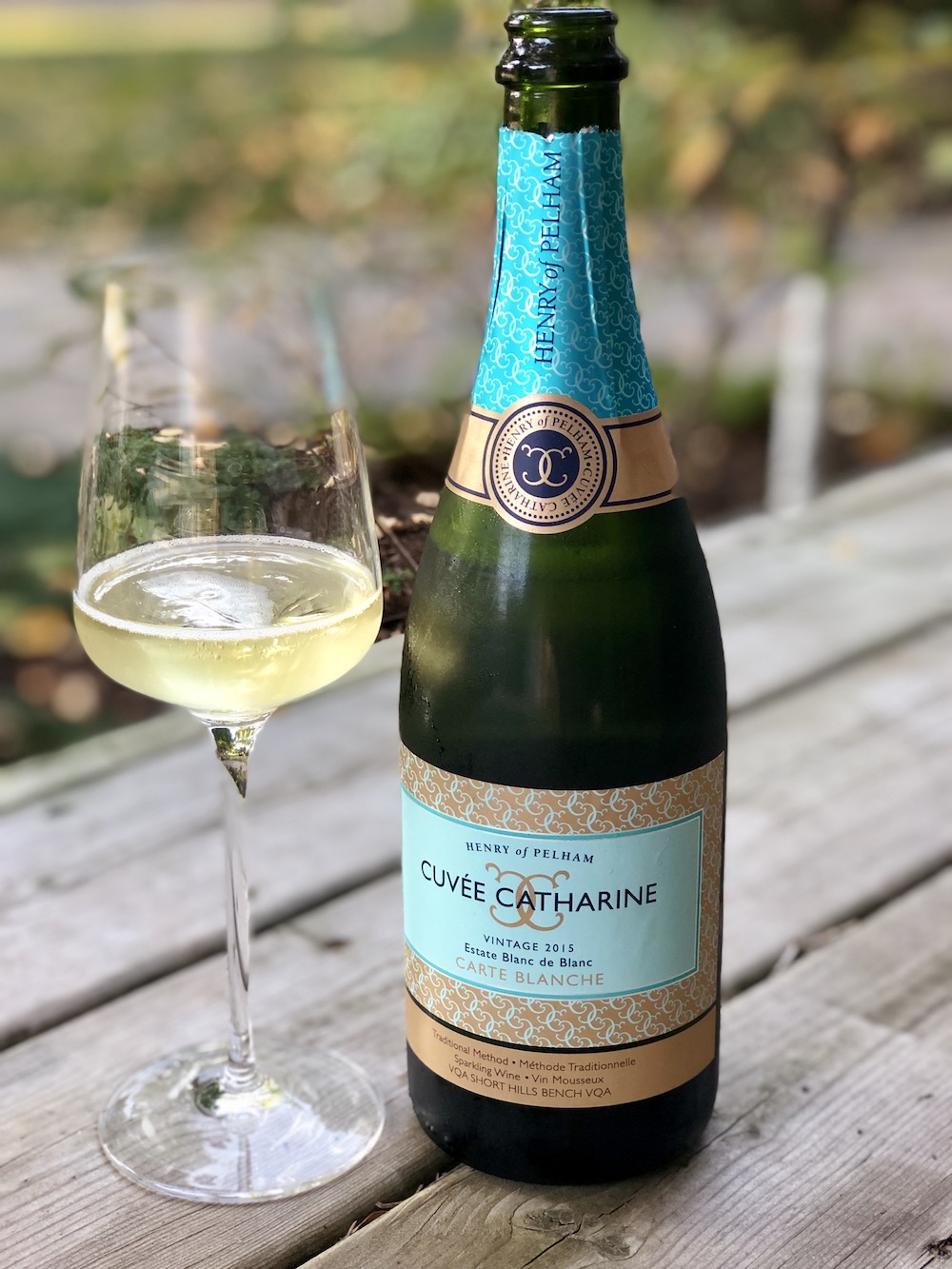
Henry of Pelham Cuvée Catharine Carte Blanche Estate Blanc de Blanc 2015 ($50, 94 points) — The 2014 vintage of this stunning Niagara bubbly was named the 2020 Ontario Wine Awards Sparkling Wine of the Year, and for good reason — it’s always one of the top vintage dated sparklers made in Ontario each and every year. The 2015 version is no different. The Chardonnay grapes are hand-picked from estate vineyards on the Short Hills Bench and the best of the best juice is isolated, partially barrel fermented and then aged for an incredible 54 months before post-fermentation prior to being disgorged. The nose is enthralling with brioche, lemon cream, pear, vanilla toast and citrus. It has elegant vigor on the palate with a generous, energetic mousse to go with a creamy texture, leesy/smoky notes, broad swaths of lemon, citrus, baked apple, bready/brioche notes and beautiful vitality and finesse through a long, long finish. Such a gorgeous wine that will improve in the cellar for 5+ years. Bravo!
Treats from the Okanagan Valley

Sperling Vineyards Market White 2018 ($18, 89 points) – This easy-drinking white is a blend of Bacchus, Pinot Blanc and Riesling. It’s highly aromatic with notes of honeysuckle, citrus fruits, apple and pear. The palate is fresh and juicy with plenty of melon, apple and citrus and a chalky mineral seam at the core. The low alcohol (10.6%) is just a part of the appeal, and makes it an easy match with spicy foods. (Michael Lowe review)
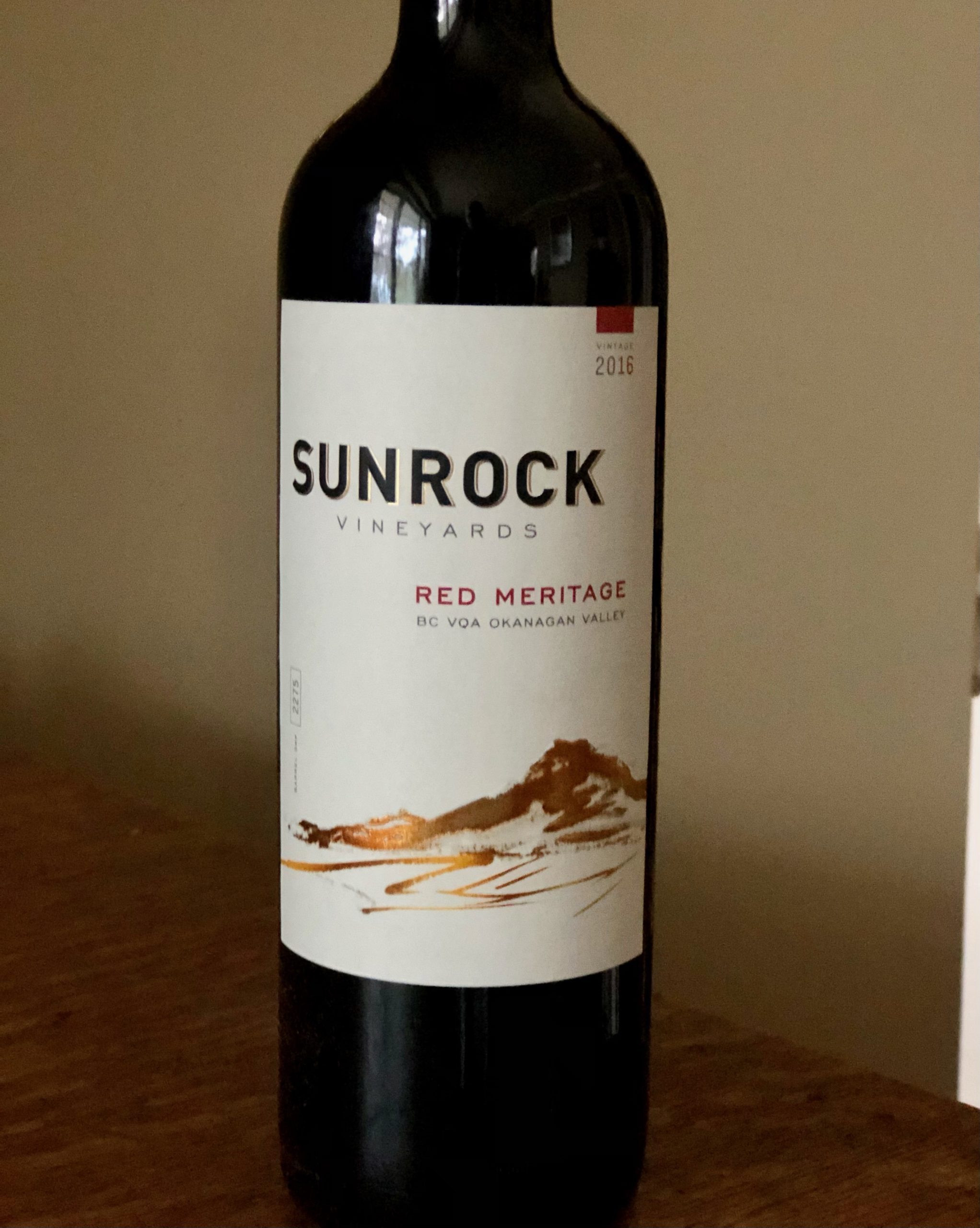
Sunrock Vineyards Meritage 2016, Okanagan Valley ($35, Vintages Nov. 28, 91 points) — Established in 1999, the Arterra Wines Canada owned Sunrock Vineyard is 180 acres in size and is located at the northern tip of the Sonoran desert now known as the Osoyoos Lake Bench. The blend is 80% Merlot, 15% Cab Sauvignon and 5% Cabernet Franc with aging in a combination of French and American oak barrels for 15 months. Right away, the nose reveals a big, juicy west coast style of red with notes of ripe blackberries, black currants, plums, cassis, toasty vanilla and barrel oak spices. It’s plush and generous on the palate and loaded with dark berries, plums, kirsch, sweet Cuban tobacco notes, mocha, smoky accents and full-on spices on a long finish. This is ready to rock from the get-go, but can cellar a few years.
A good buy from Down Under

Frank Hellwig Shiraz Grenache 2017 ($18, 88 points) — Here’s a good buy for a bold multi-regional Aussie red blend consisting of 80% Shiraz and the rest Grenache. It is a rich and pure nose of cassis, black currants, jammy blackberries, pepper and oak spices. It has solid structure on the palate with concentrated black berries, plums, medium+ tannins, rich spice and savoury notes with juicy acidity on the finish. Bold and fruit forward with a bit of heat.
Other Niagara wines released, but not reviewed:
• The Foreign Affair Dream 2017 ($30)
• Tawse Growers Blend Cabernet Franc 2017 ($29)
• Cave Spring Estate Chardonnay 2018 ($20)
• Flat Rock Cellars Nadja’s Vineyard Riesling 2019 ($25)
• Hidden Bench Terroir Cache 2017 ($45)


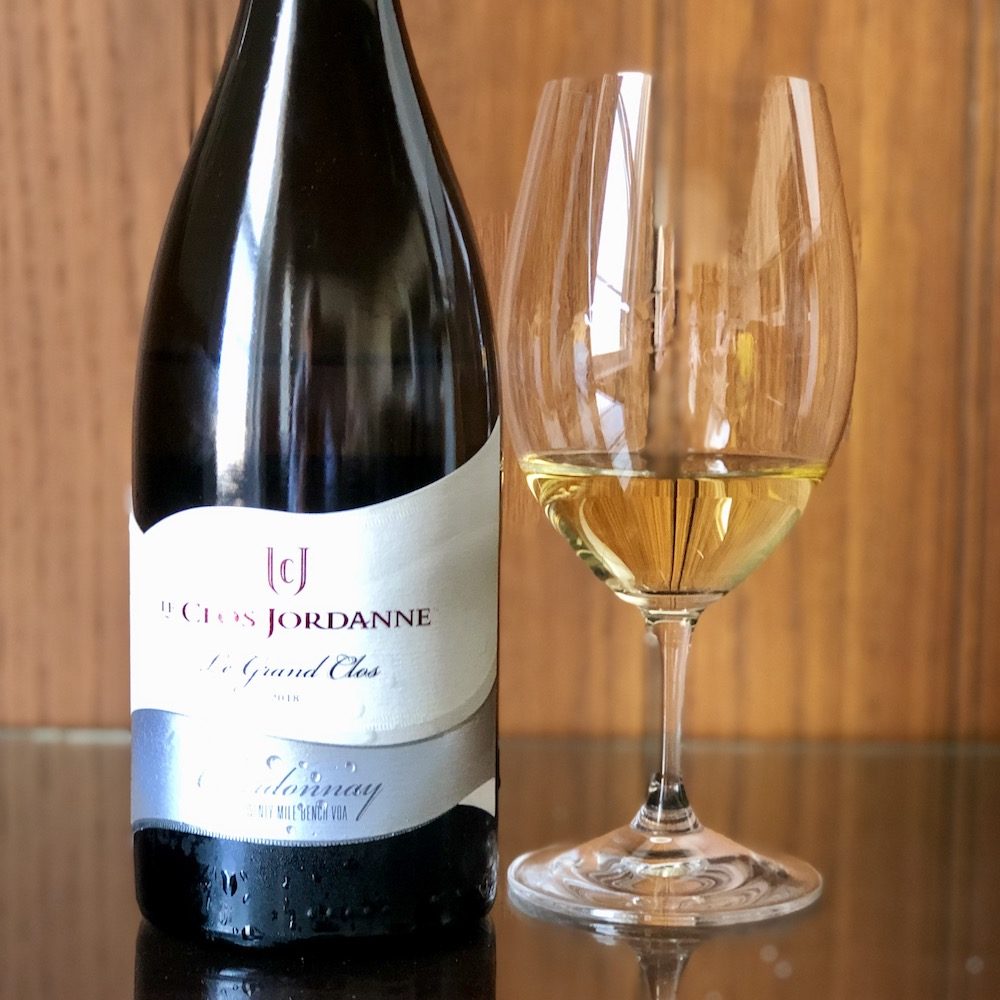




Comment here